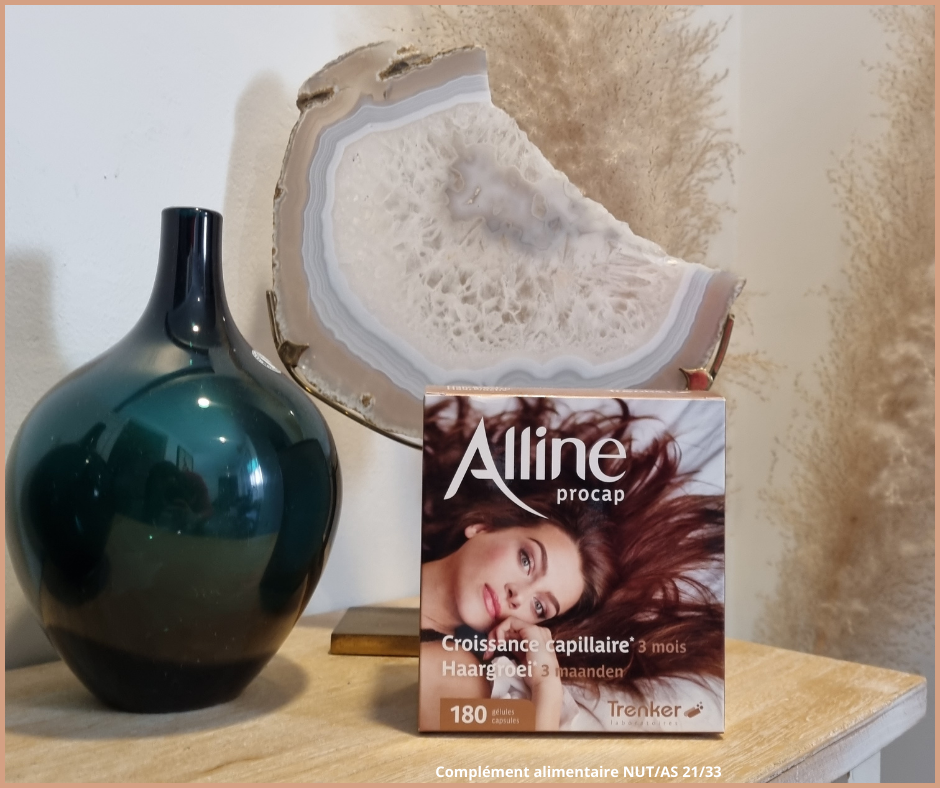
Post-partum hair loss: our natural solution
What happens to your hair during pregnancy and the post-partum period?
During pregnancy
Hormone levels rise. You lose less hair and your hair volume increases1. Hormonal changes in pregnancy may also cause an increase in the production of sebum, which will make your hair shinier2.
During the post-partum period
After giving birth, your hormone levels will gradually return to normal. Loss of hair, which had been delayed during pregnancy, will therefore happen at the same time. According to the American College of Obstetrics and Gynaecology (ACOG), major hair loss in the post-partum period occurs between 1 and 5 months after the birth, with a peak at 3-4 months. During this period, the hair may also appear finer. You will see a return to normal within 6 to 12 months after the birth.
Testimony
(…) When I was washing my hair, I found an enormous clump in my fingers! This is known as post-partum alopecia. It’s a completely normal phenomenon caused by the sudden drop in pregnancy hormones, the oestrogens that help the hair grow by extending the growth phase.
As a new mum, this recent, massive loss of hair was exacerbated by my fatigue, stress, different pace of life, and new responsibilities. However, I knew that I didn’t need to worry because I’d read that this hair loss is both temporary and reversible3. (…)


Alline procap
Alline procap is a 100% Belgian, pure and natural keratin-based food supplement with vitamins and minerals that will boost the volume and shine of your hair, which is damaged after giving birth.
After taking 2 capsules a day for 3 months, 100% of users noticed less hair loss4.


